Therapy Techniques
The therapist may suggest introducing

EMDR
EMDR is a comprehensive therapy that treats trauma and other issues: anxiety, phobias, addictions, depression, disordered eating, and more. We view your emotional, physical, and somatic well-being as interrelated. Using a body-based technique called bilateral stimulation (BLS), we guide you towards deep healing and resolution.
When trauma stores incompletely the past intrusively comes up in your present. You can then be triggered anytime, having unwanted symptoms and reactions. The brain and nervous system react as if the past trauma is currently happening. EMDR corrects this mis storage, so the trauma loses its charge, and you can react in the present without the past interfering.
Possible Benefits of EMDR Treatment.
- You remember the event, but the painful emotions, physical sensations, disturbing images, and thoughts are no longer present.
- EMDR helps the brain reintegrate a memory or issue toward resolution with adaptive information stored within the event.
Possible Risks of EMDR Treatment.
Reprocessing a memory or event may bring up associated memories.
- During the processing phase of EMDR, you may experience physical sensations and retrieve images, emotions, and sounds associated with the memory or event.
- Reprocessing of a memory or event may continue after the end of the formal therapy session. Other memories, flashbacks, feelings, and sensations may occur.
You may have dreams associated with the memory.
Body Mapping
Unveiling hidden trajectories, whilst tracking visual sensations and psychosomatic tensions trapped in the body, highlighting implicit memories while creating personal narratives through
the use of the Arts.
This is basically a data generating research method used to tell a story which usually reflects social, political and economic processes as well as individuals’ embodied experiences and meaning attributed to their life circumstances which have shaped what they have become. Overriding cultural and language barriers and releasing deep- seated trauma in a safe and contained space.
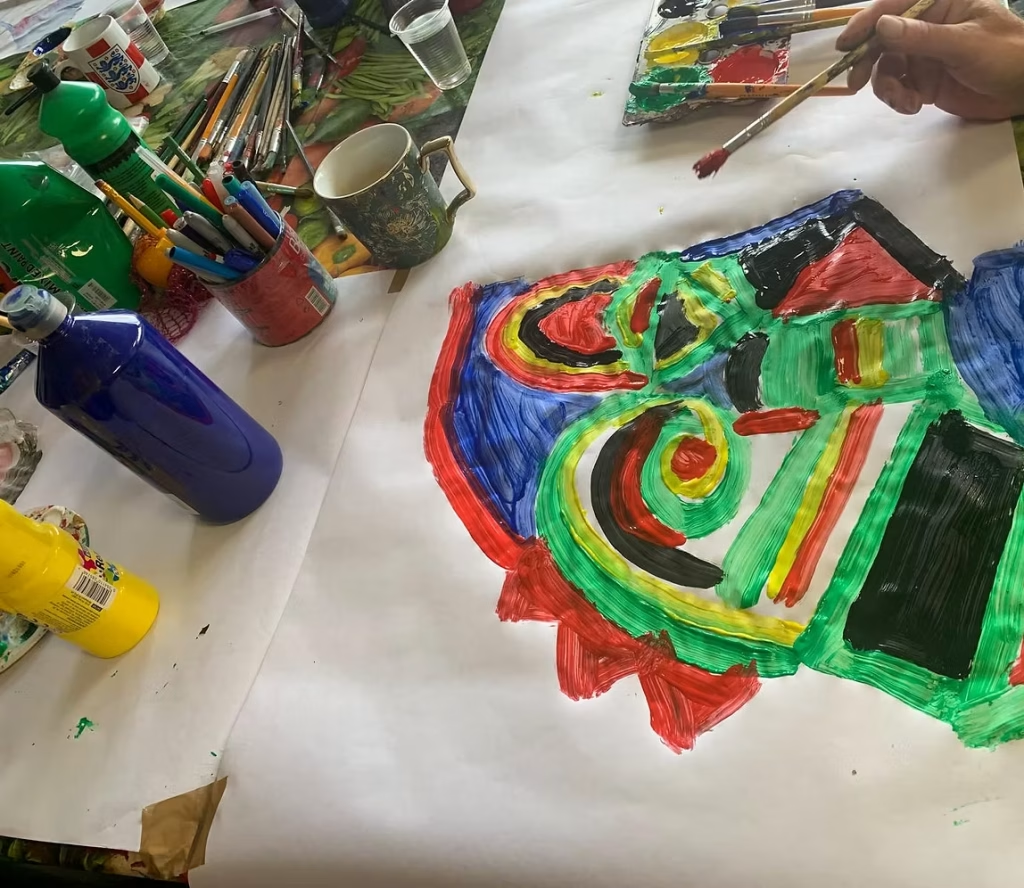
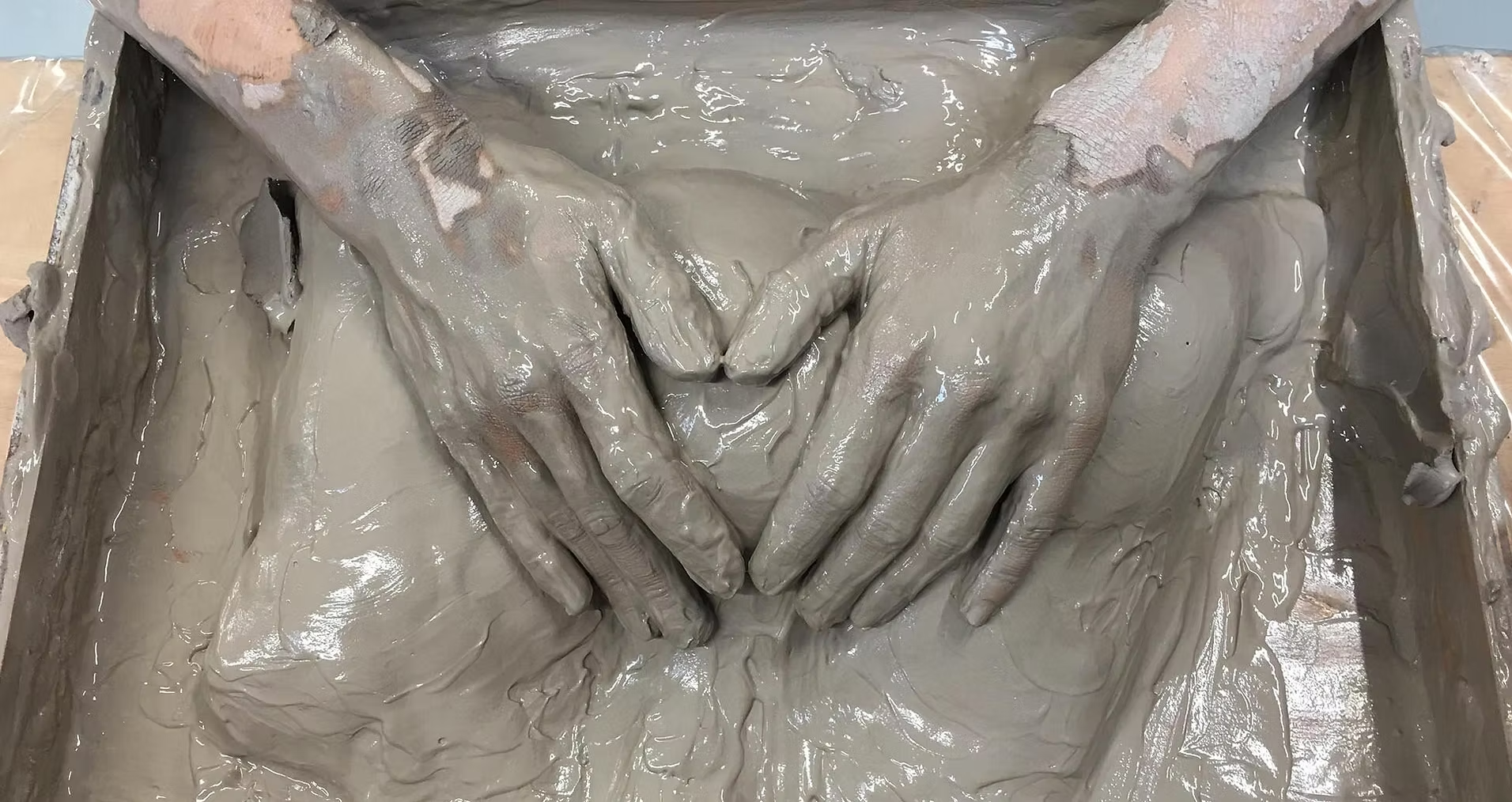
Clay Field
The Clay field (Elbrecht, 2013) seemed clearly useful, as it offered a relationship close to an interpersonal exchange, due to its sensorimotor Art therapy approach to psychotherapy.
Clients reshaped and tested the clay a number of times before object constancy (Winnicott, 1971) could be achieved: the once
Printed Textiles
Power of Print (POP) works with the repetitive process of printing, which mirrors the repetitive nature of trauma allowing an understanding with the survivor that evolution of a narrative is possible and new ways of being could be practices.
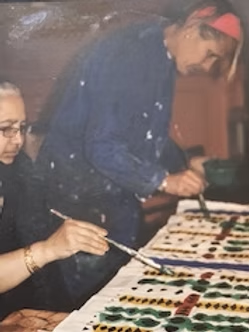
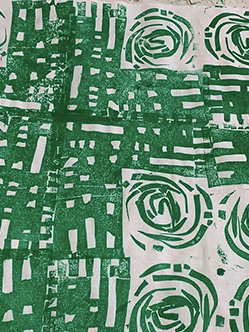
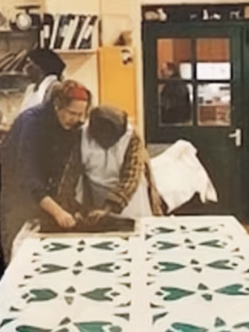

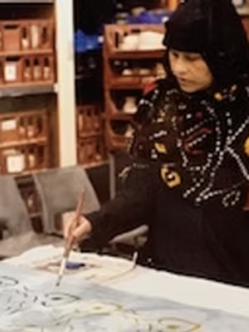
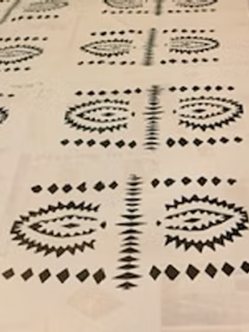
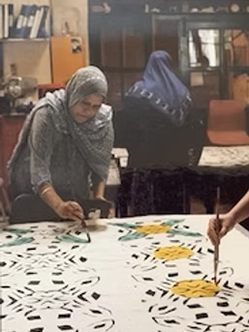
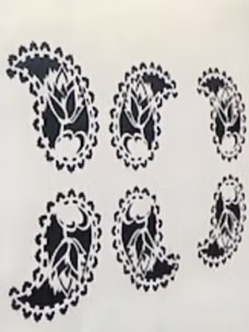
Somatic Swimming
We know that trauma profoundly affects both our minds and bodies. We explored how trauma, often caused by stress, significantly increases the risk of heart disease, diabetes, cancer, and certain autoimmune disorders, as well as many severe mental health problems. We also examined body memories and how our experience of pain is influenced by our psychological state.
But what if we flip the coin?
How does the state of our body influence our mind and emotions? Consider how our mental health—our mood, emotions, and even compulsions—is at least partially driven by our physiology. For instance, how the bacteria in our gut may affect our mental state; how depression and anxiety might be linked to inflammation and the immune system; and how our hormones impact the way we feel and act.
Often, when we face difficulties, we forget three essential words: eat, sleep, and exercise. I believe the goal of any trauma-informed approach should be to remember these three words and aim for self-regulation.

